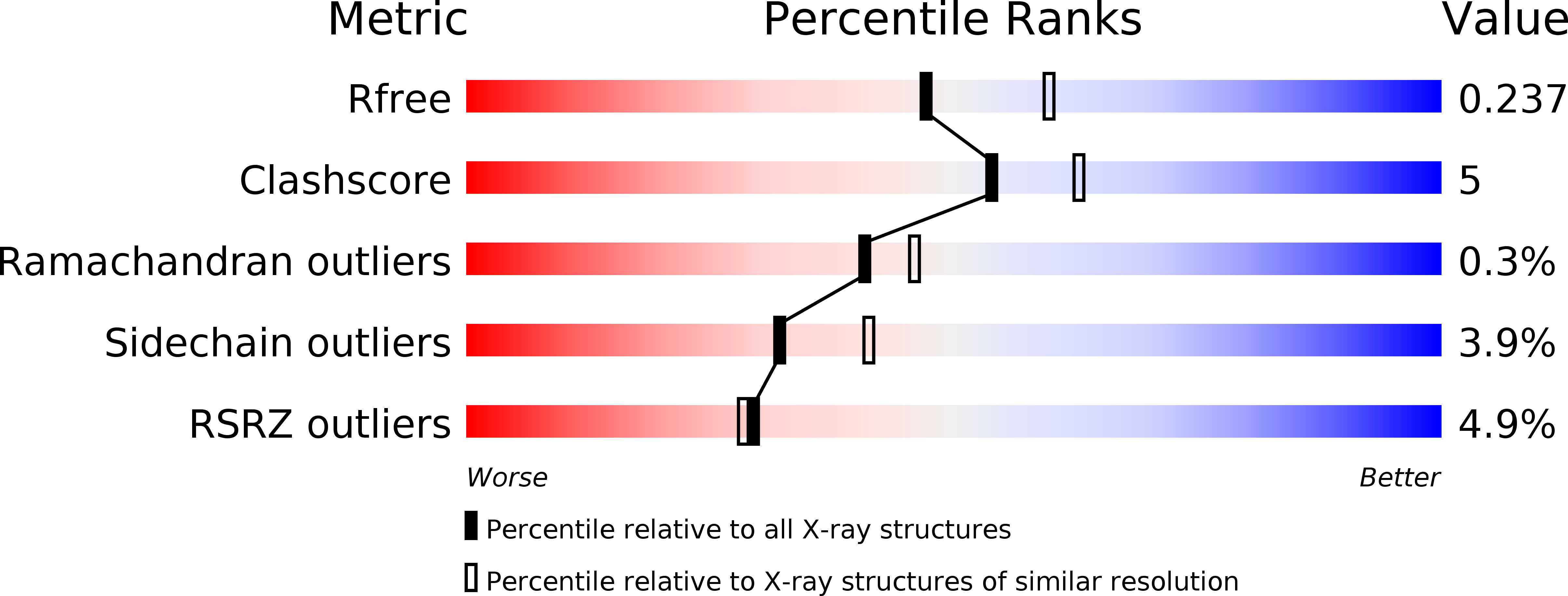
Deposition Date
2014-09-03
Release Date
2015-04-15
Last Version Date
2023-11-08
Entry Detail
PDB ID:
4R8V
Keywords:
Title:
Crystal structure of the hydrolase domain of 10-formyltetrahydrofolate dehydrogenase (wild-type) complex with formate
Biological Source:
Source Organism:
Danio rerio (Taxon ID: 7955)
Host Organism:
Method Details:
Experimental Method:
Resolution:
2.20 Å
R-Value Free:
0.23
R-Value Work:
0.19
R-Value Observed:
0.19
Space Group:
P 21 21 2


